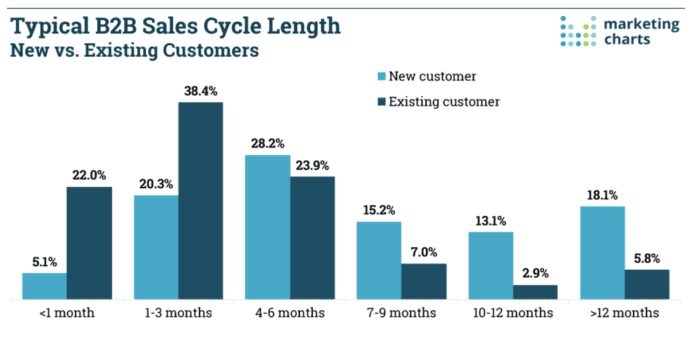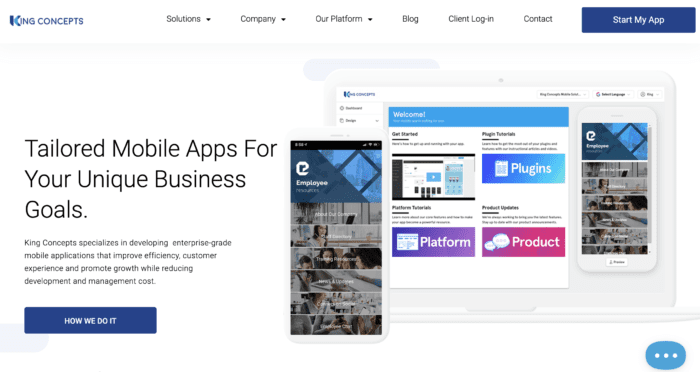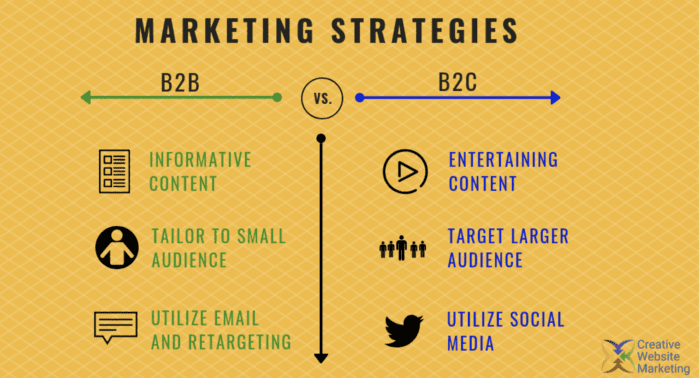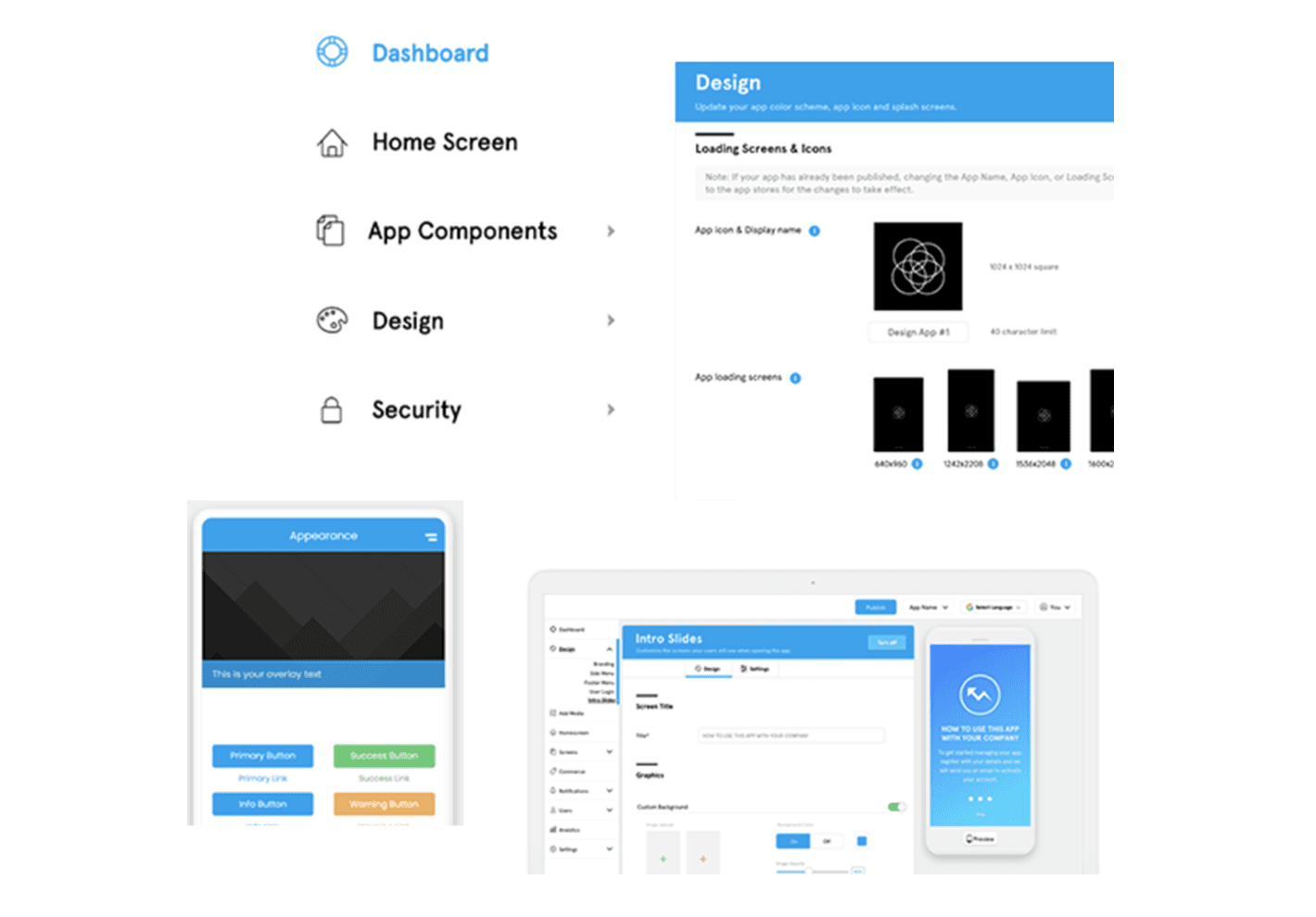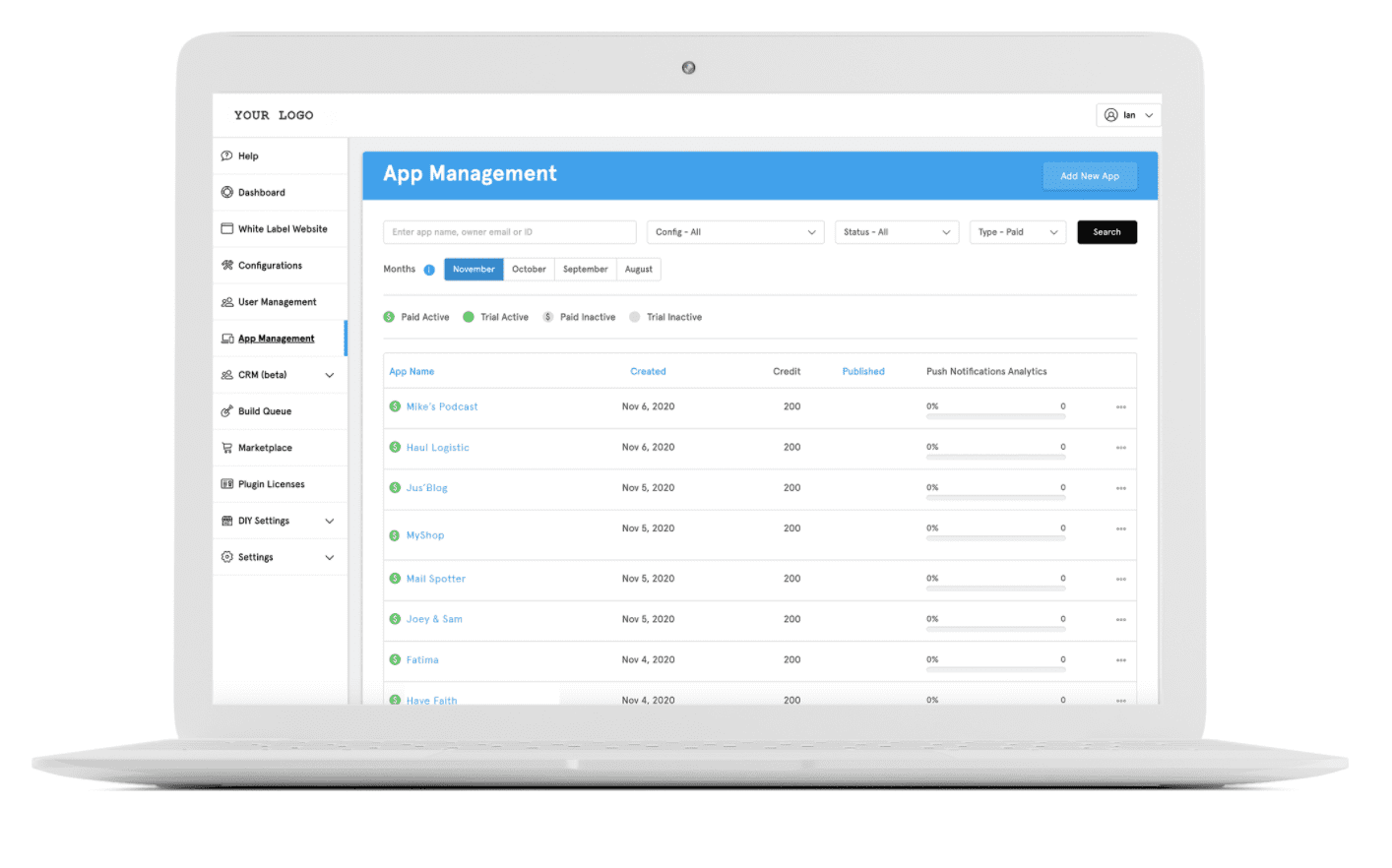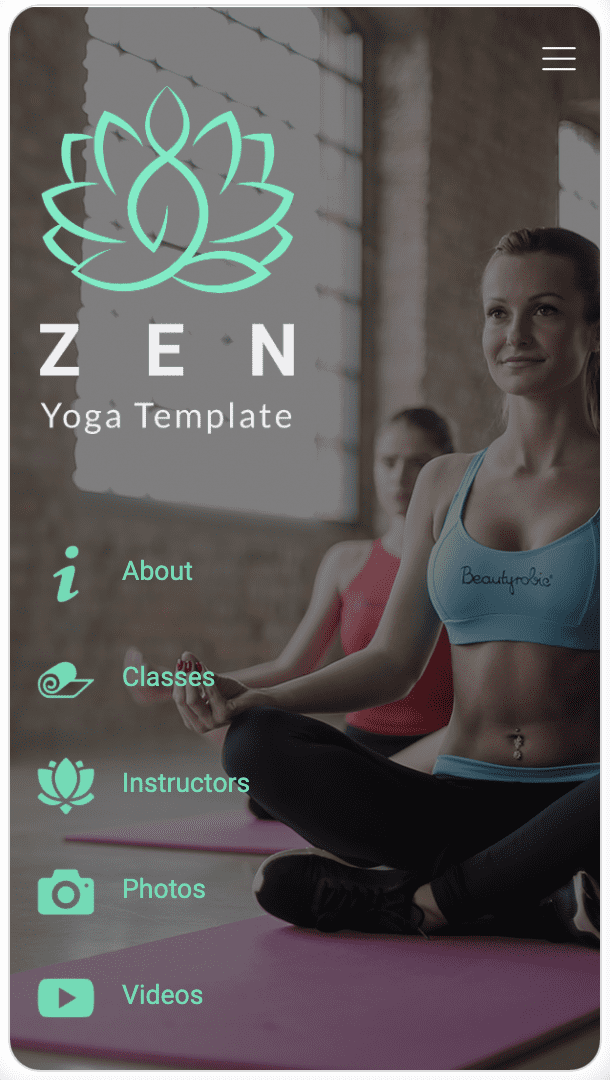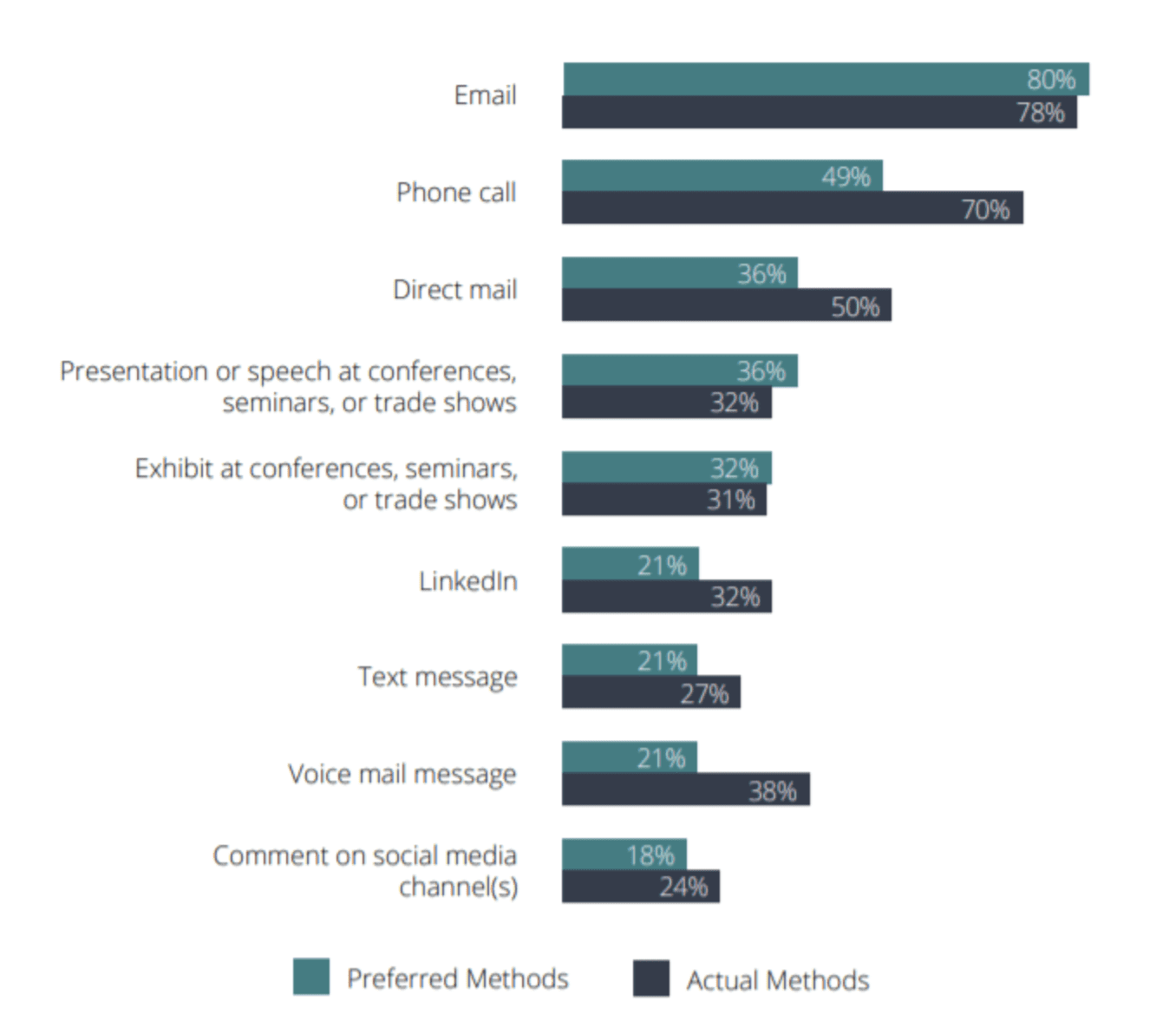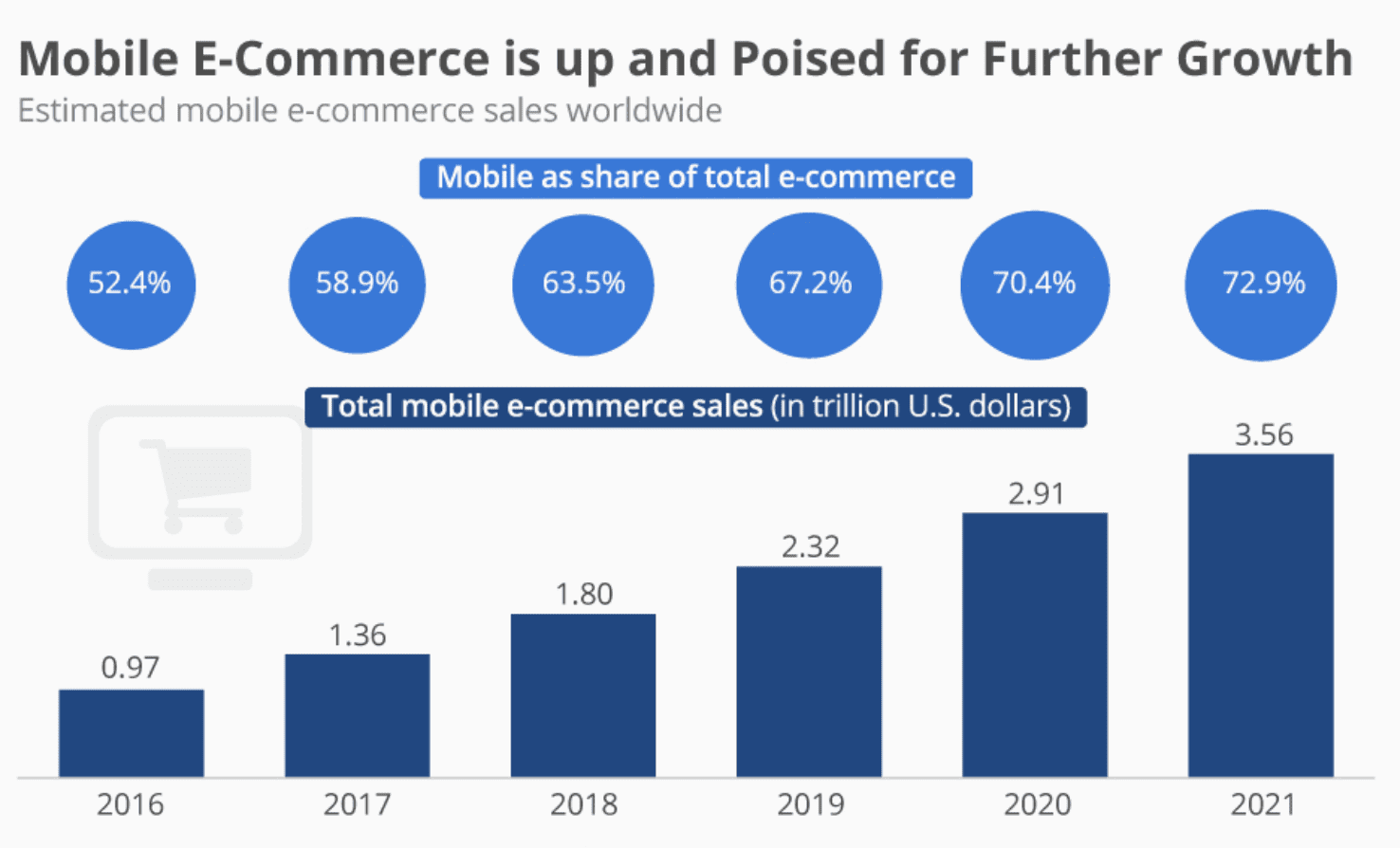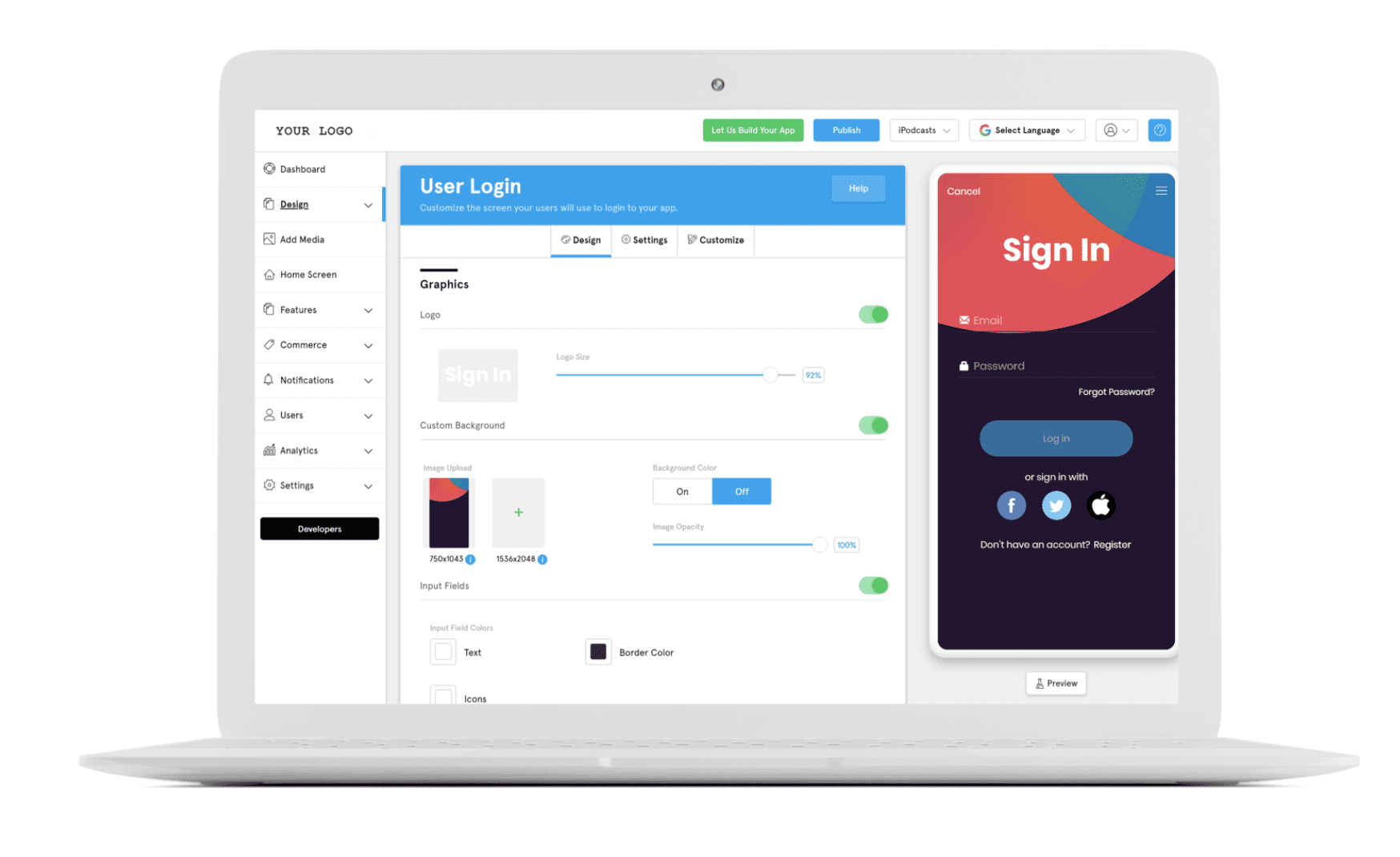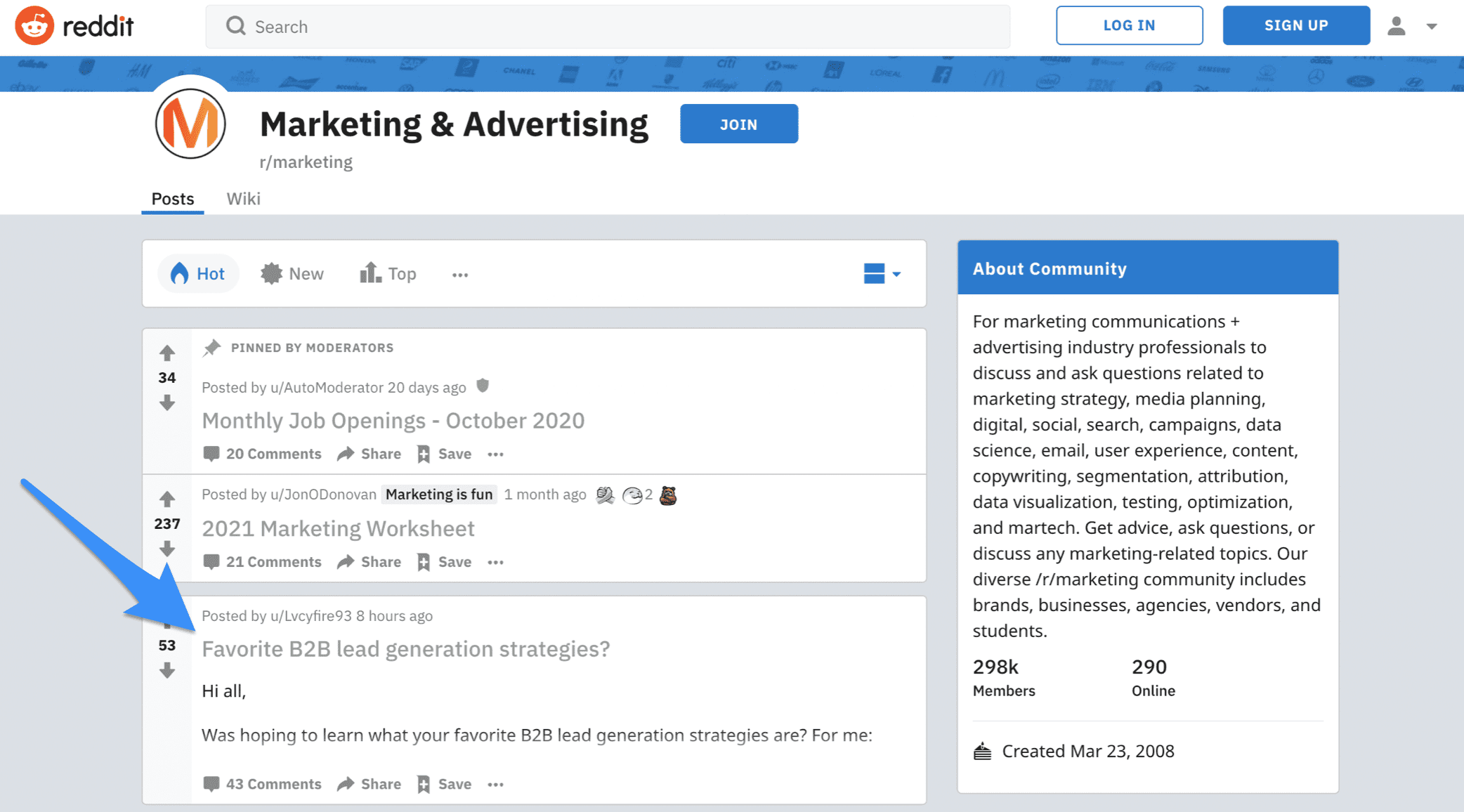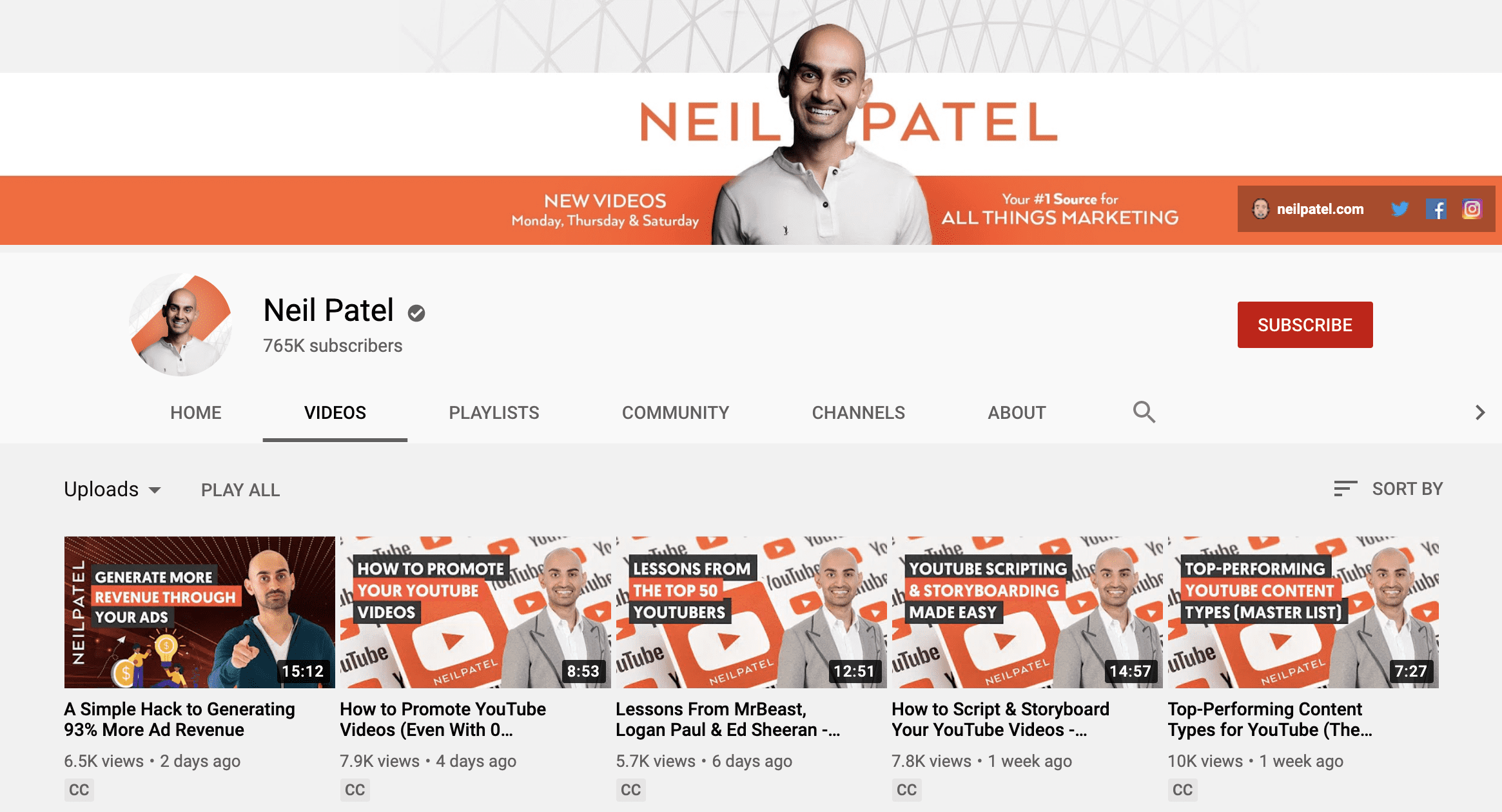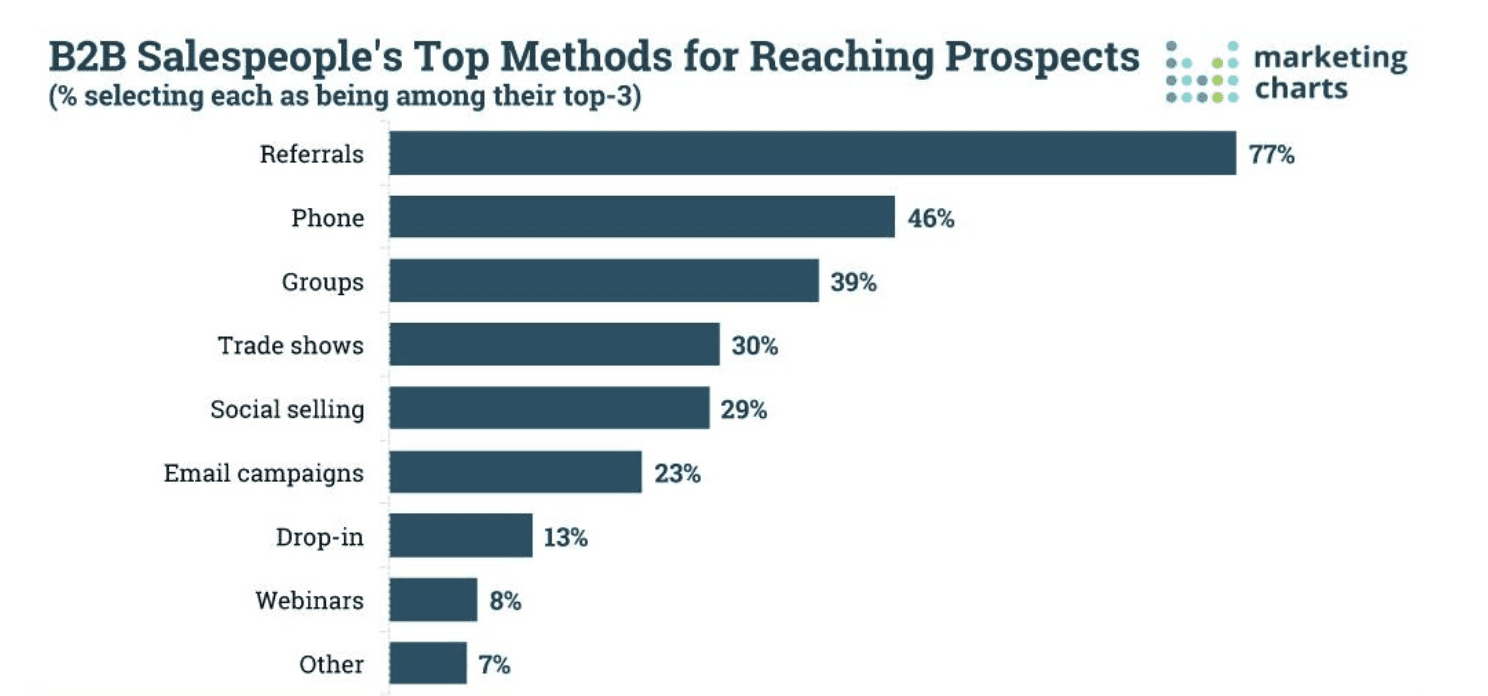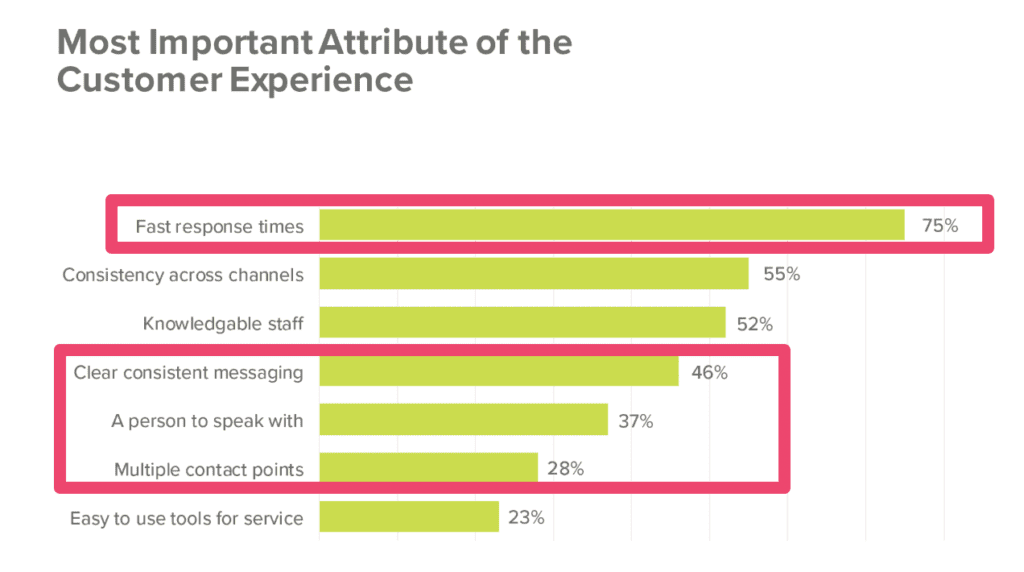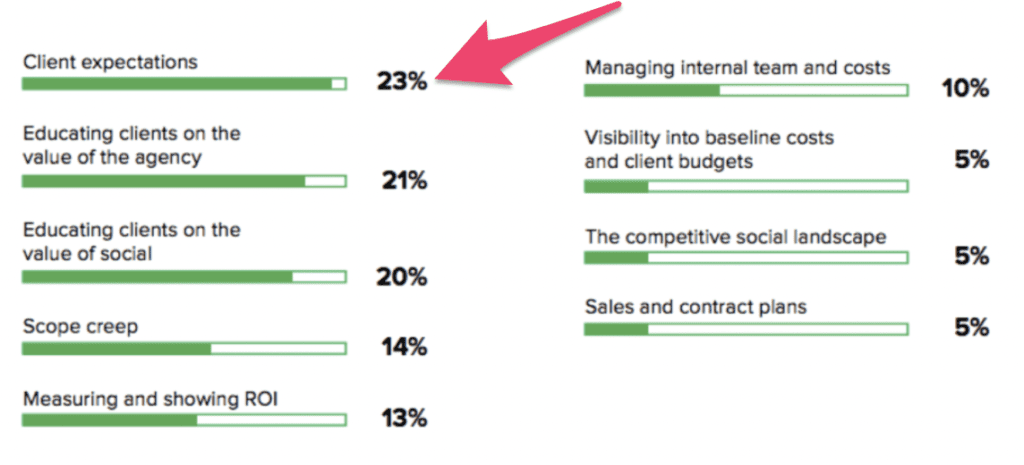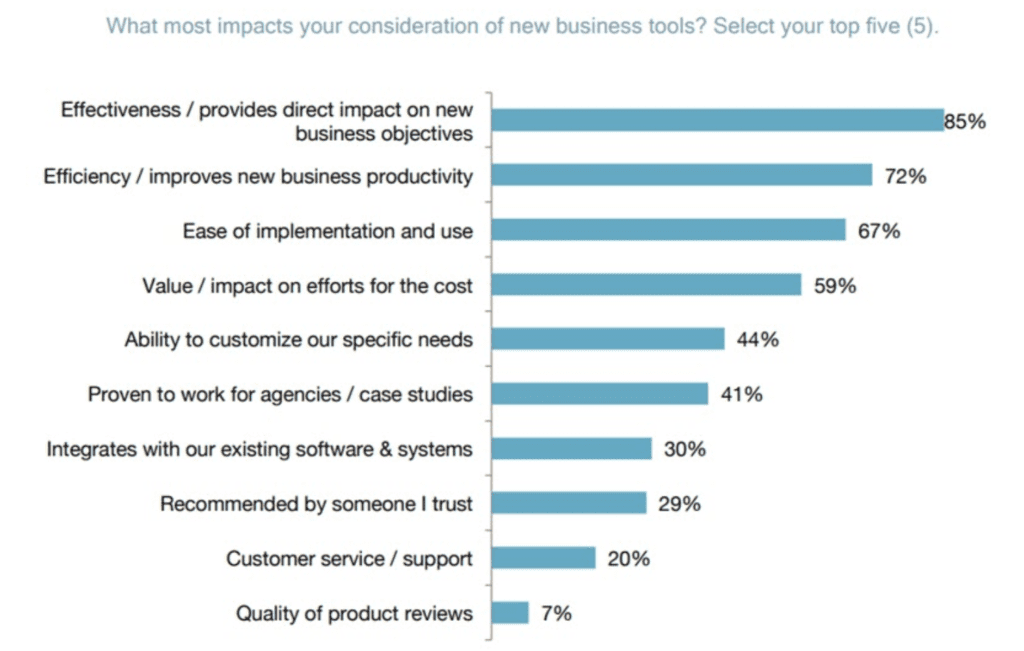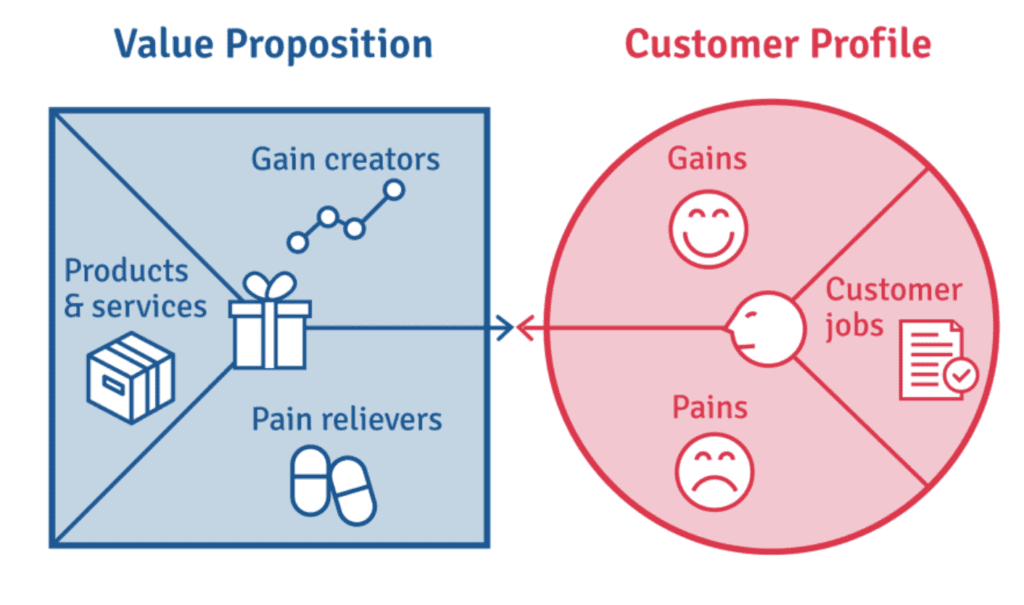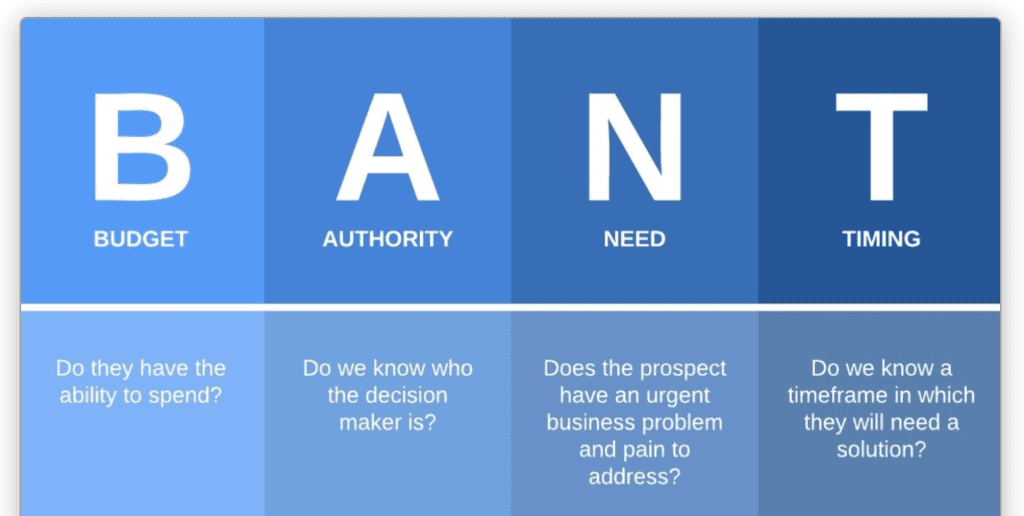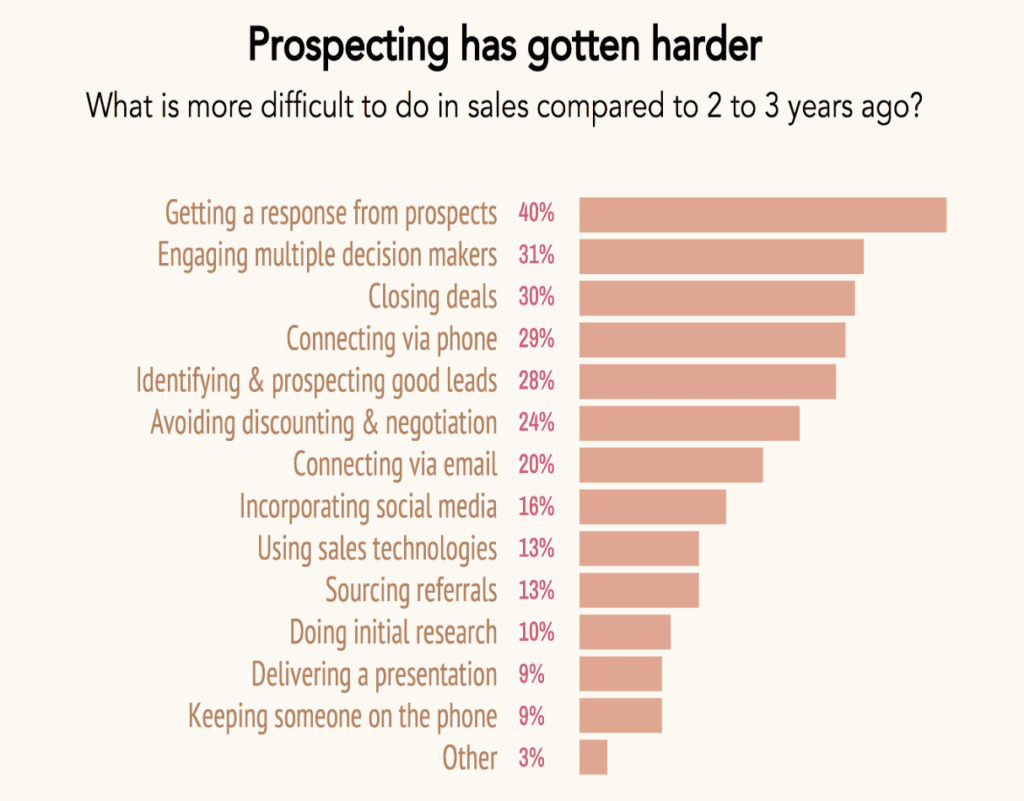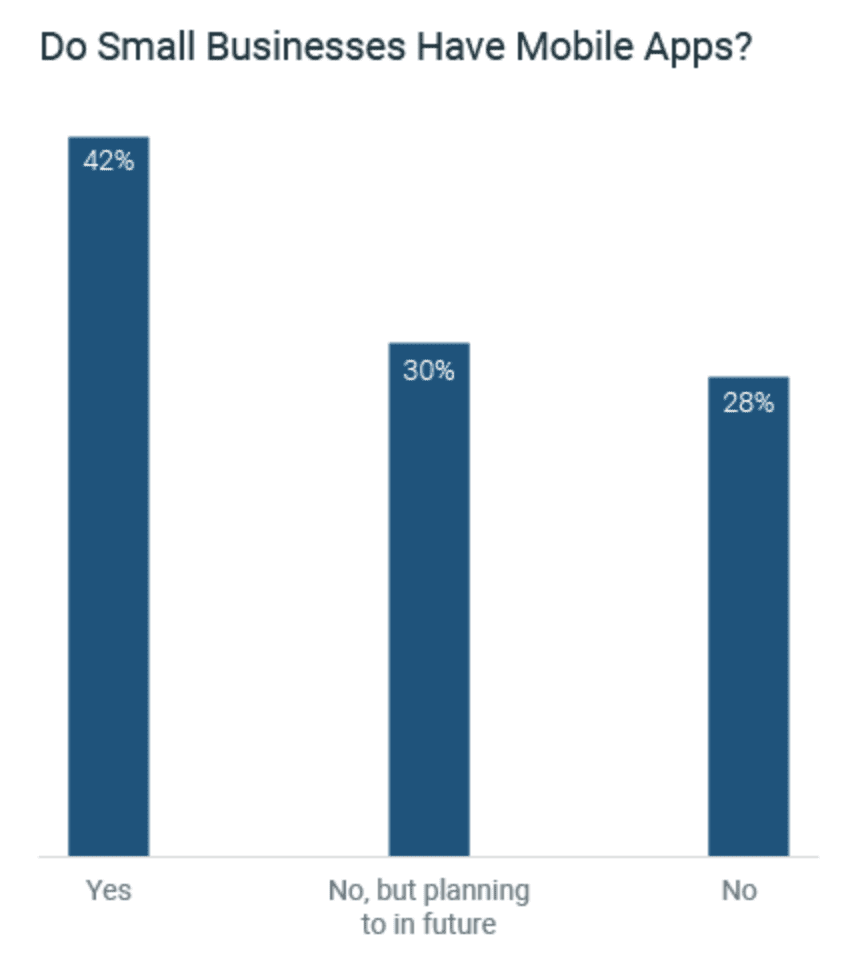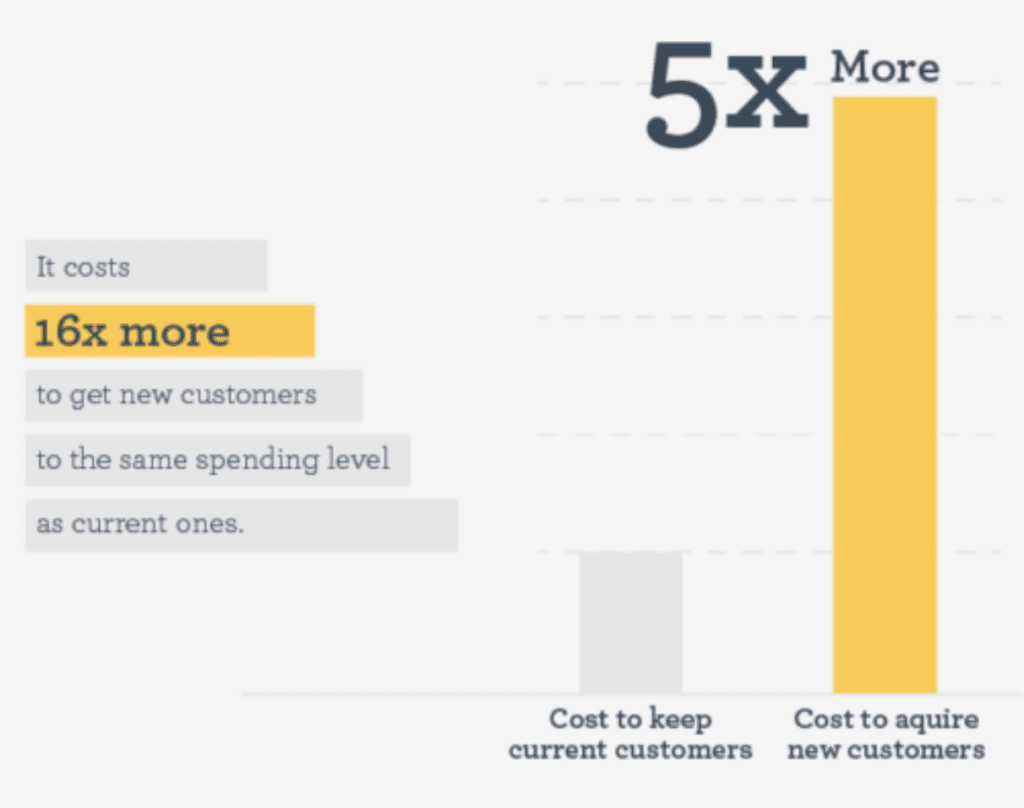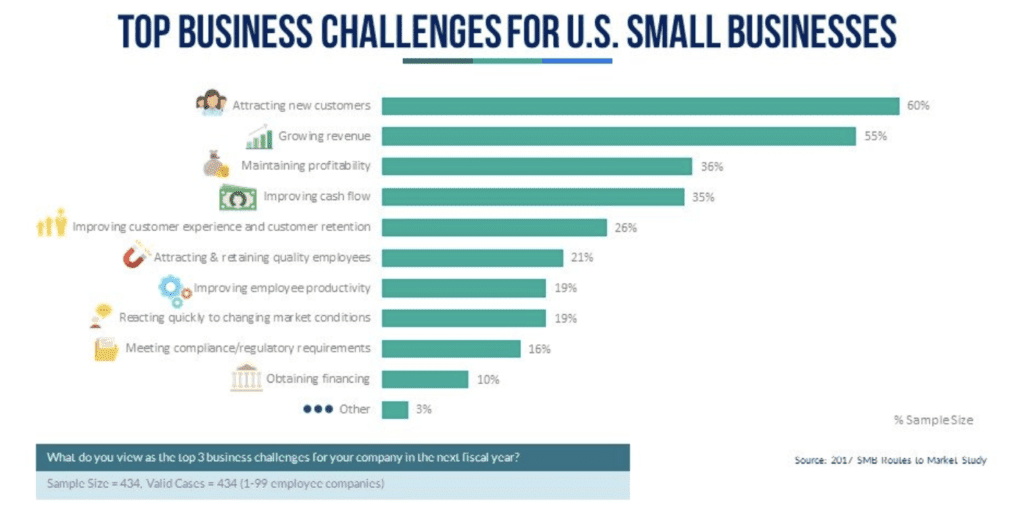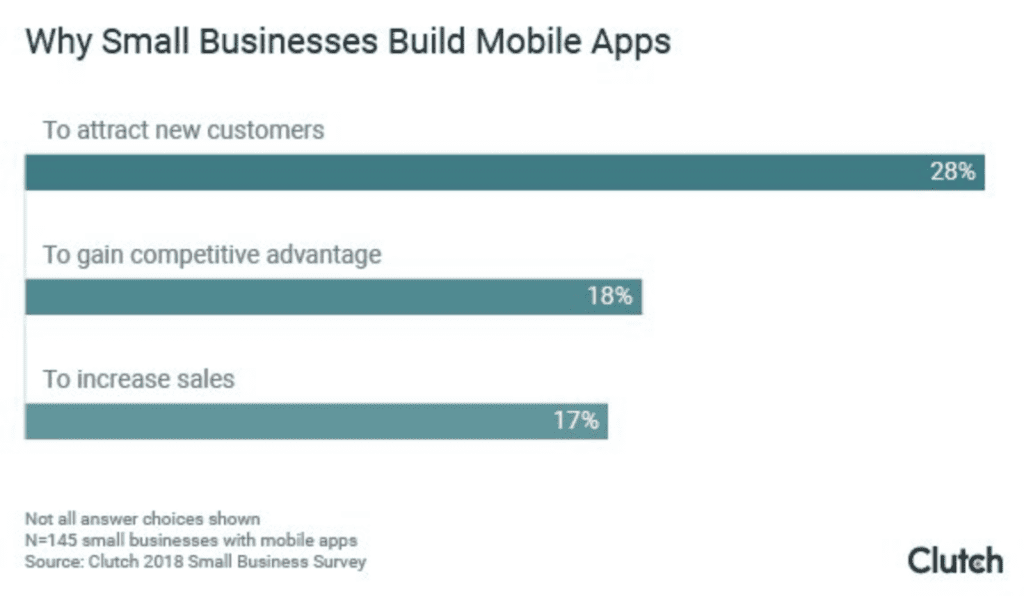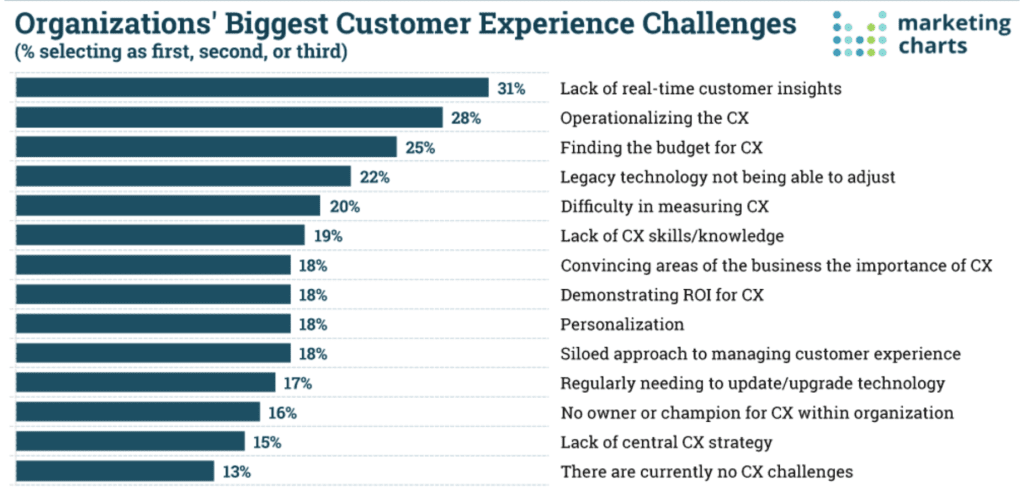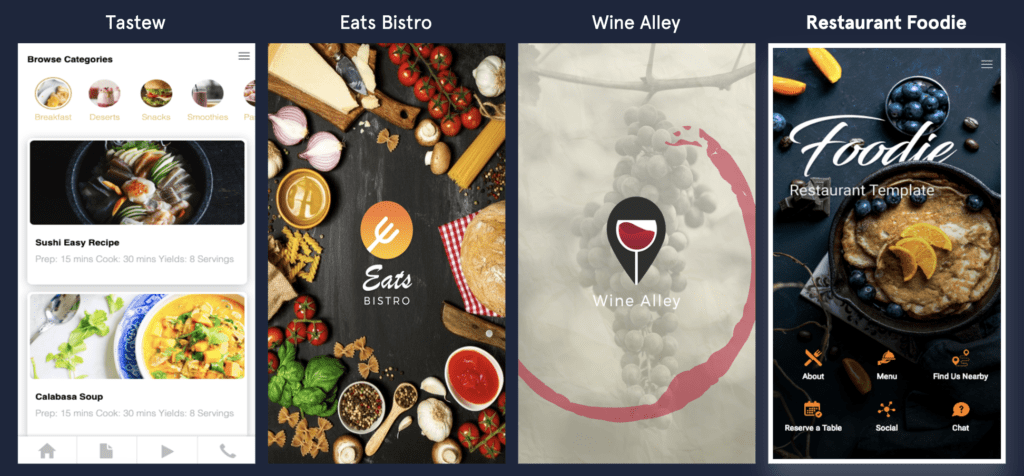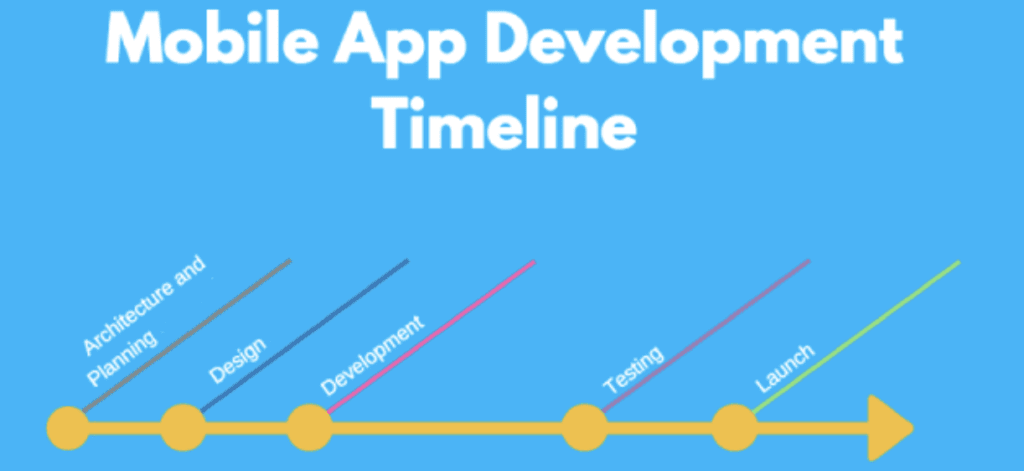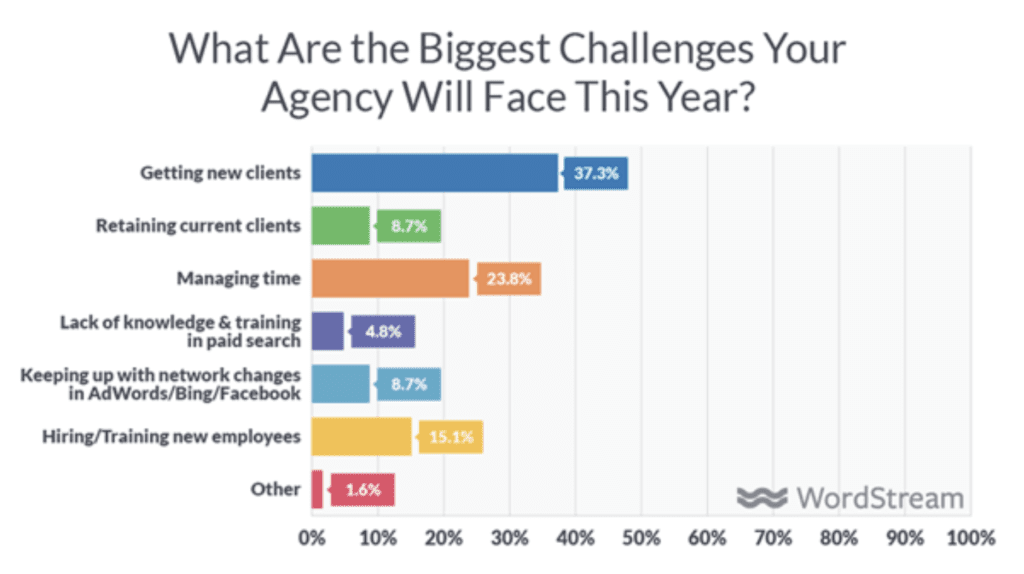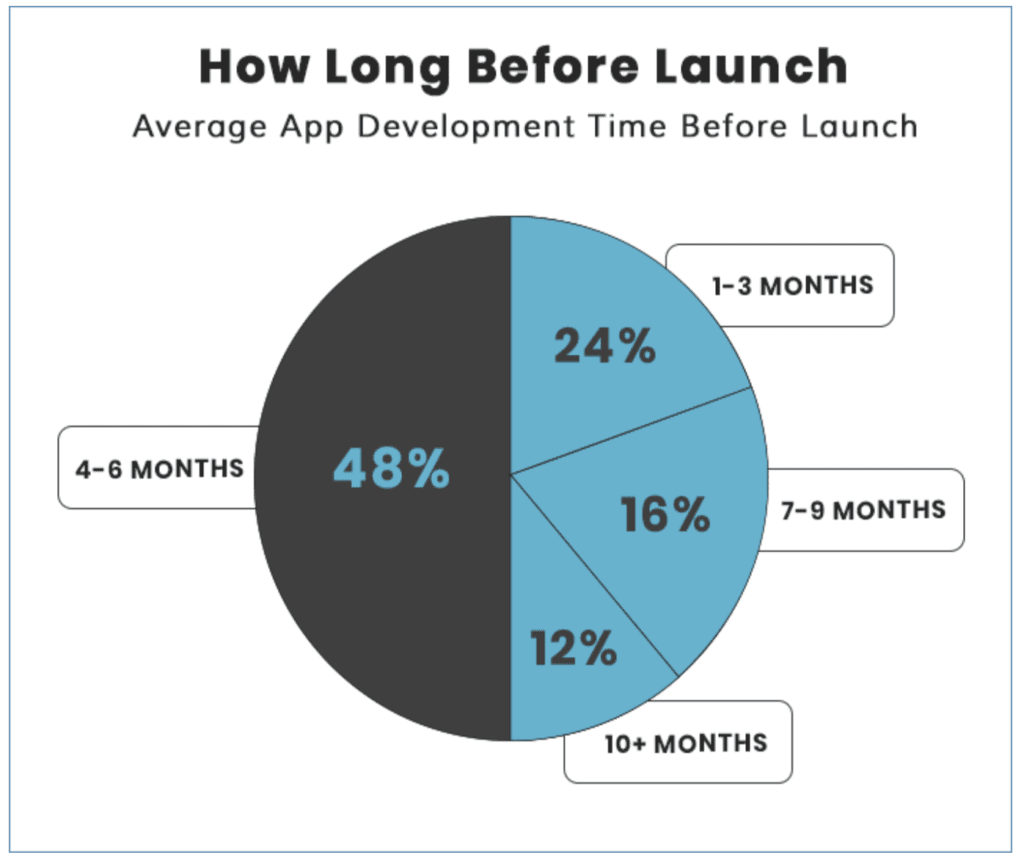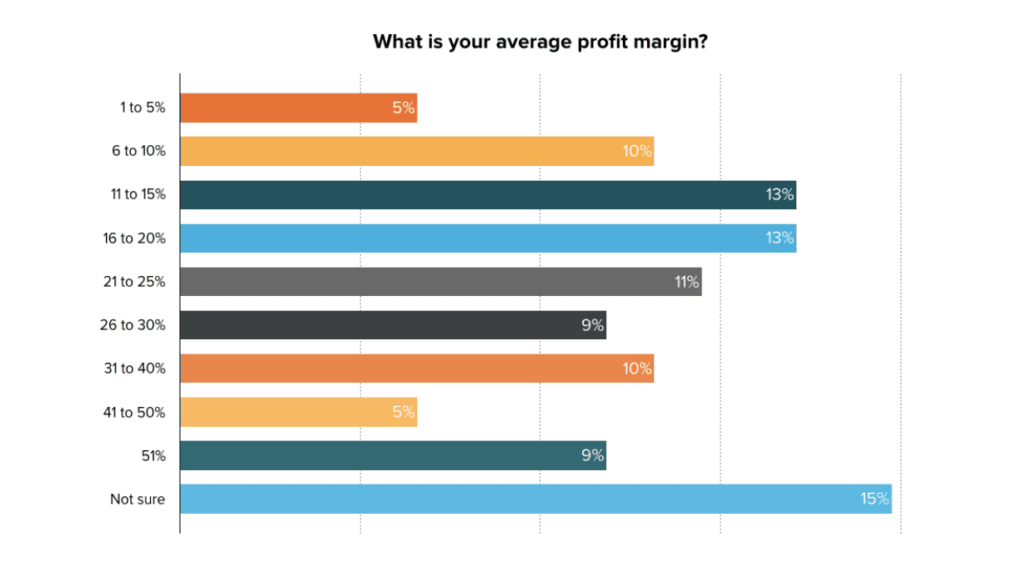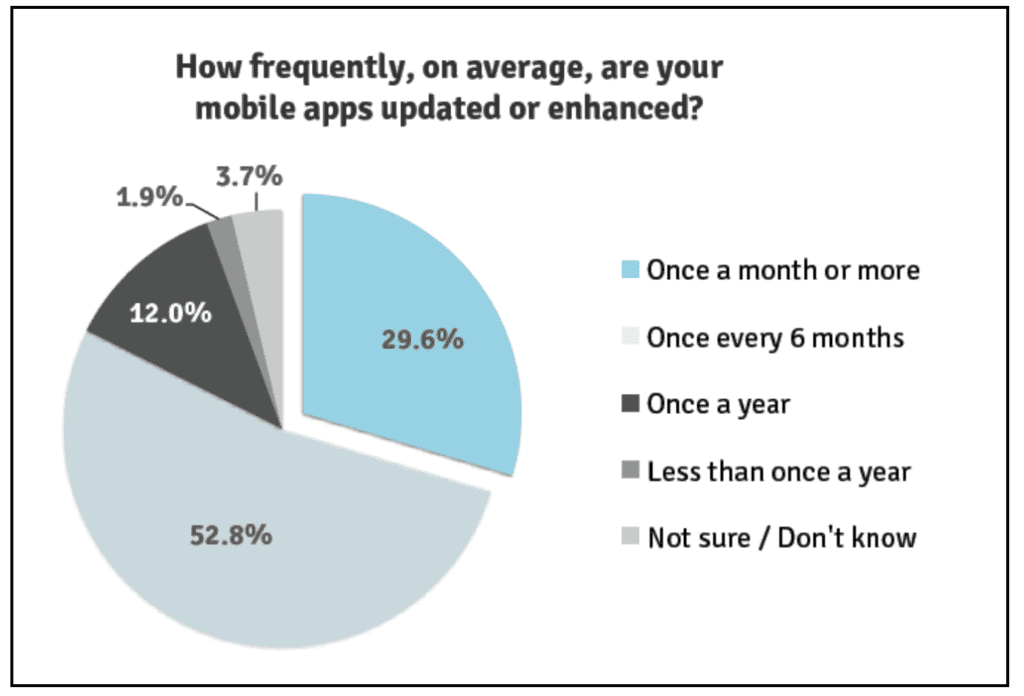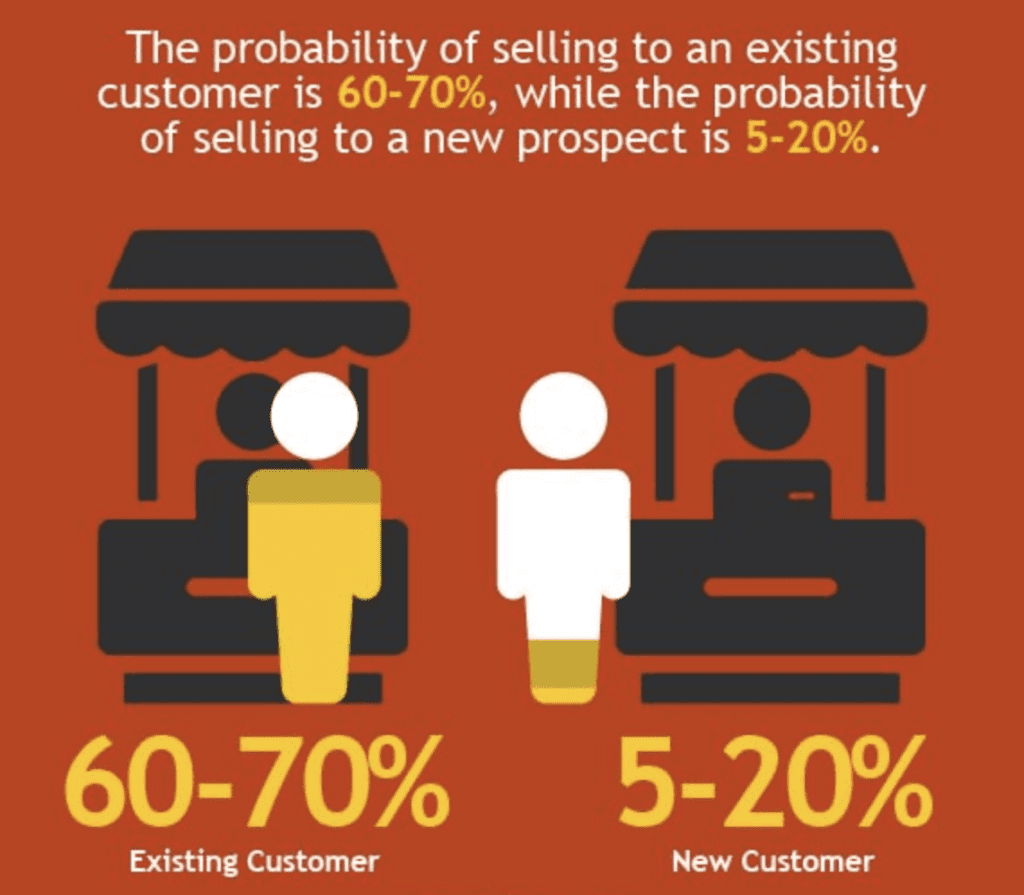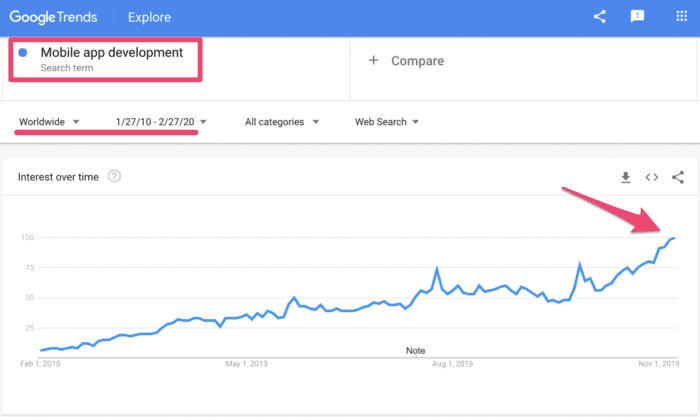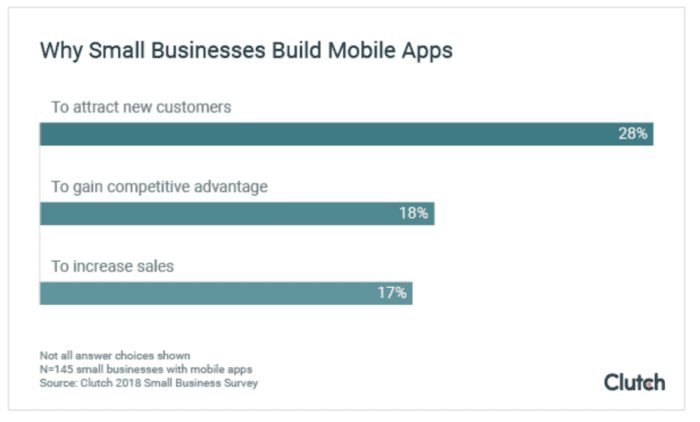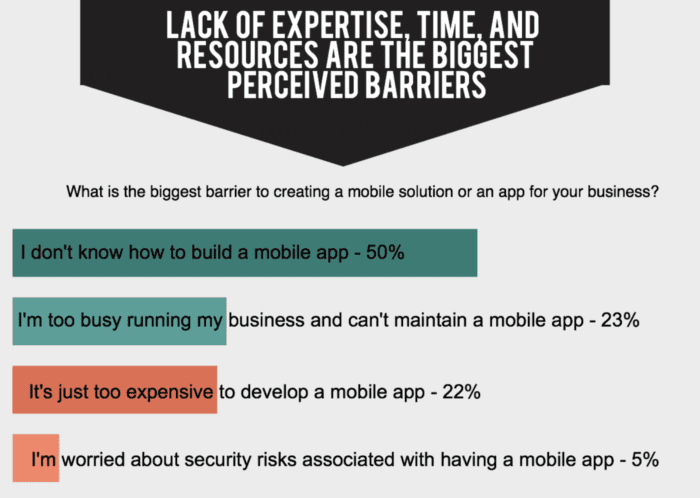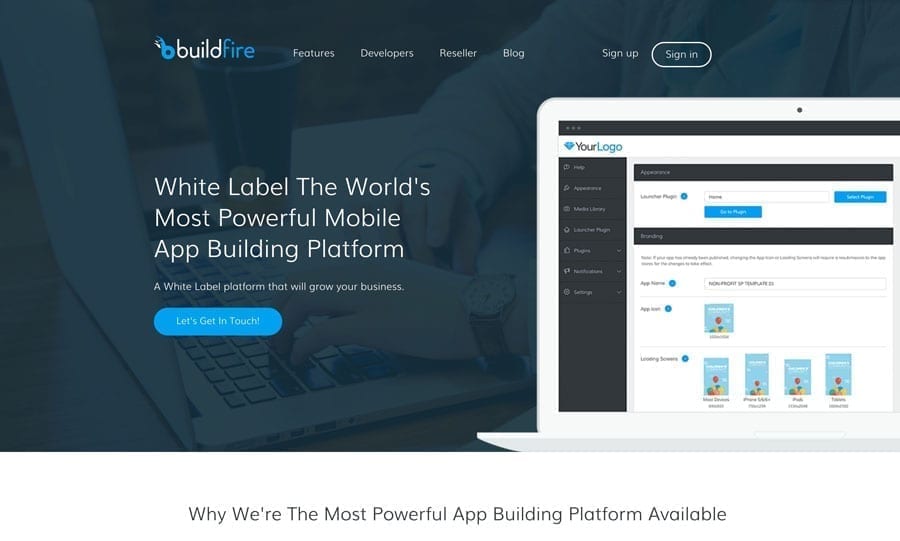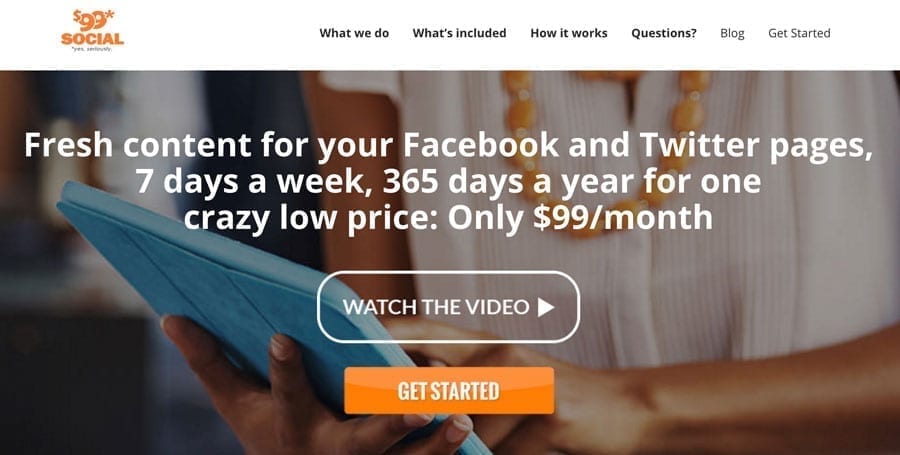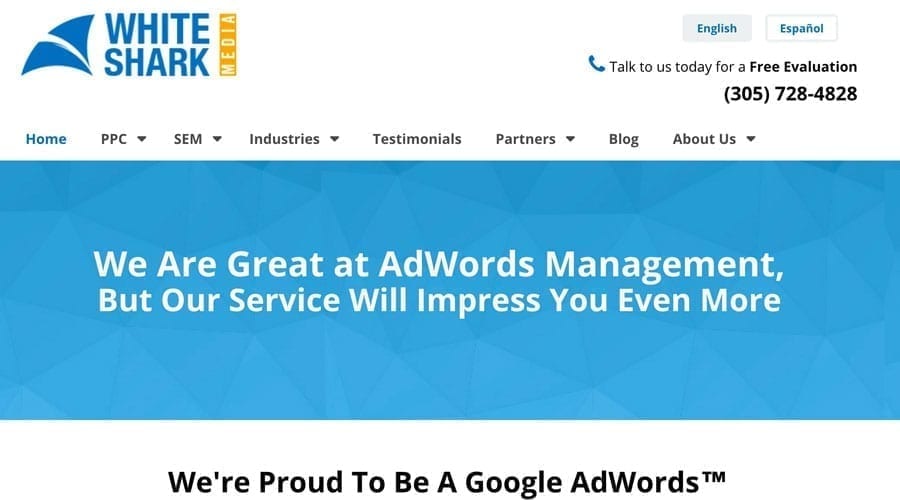Want to start your own app business or offer app services to your clients? If so, you may want to consider reselling white label apps.
White label apps are a fast and cost-effective way for businesses and entrepreneurs to launch apps, and when done correctly, reselling them can be a lucrative venture.
In this blog post, we’ll take an in-depth look at white label apps and guide you through the process of reselling them. From understanding the market to finding the right white label partner and overcoming challenges, we’ll provide you with valuable insights to help you succeed.
Whether you’re a seasoned entrepreneur or a newcomer to the app industry, this guide will help you make the most of this exciting opportunity. So keep reading if you’re ready to explore the world of white label apps and what it takes to resell them.
White Label Apps Explained
White label apps, also known as private-label apps, are mobile apps that are developed by one company and then rebranded and sold by another. In other words, the second company takes the app, adds its own branding and customization, and sells it to its own customers as if it were its own app. The original developer of the app remains in the background, providing technical support and maintenance.
This business model allows companies to offer their own mobile app to customers without the time, cost, and effort of developing a mobile app from scratch.
White label apps also provide a high level of customization and branding options—allowing companies to tailor the app to their own brand and specific needs. This can include custom graphics, logos, colors, and features.
Additionally, white label apps often come with a robust set of features and functionalities that can be used to meet the specific needs of the company’s customers.
Since white label apps are developed and maintained by experienced app developers, they have a high level of quality and reliability. So you can offer a high-quality app experience to your customers without having to worry about the technical aspects of app development and maintenance.
The best white label app providers offer ongoing technical support and maintenance, taking the burden off of your company and allowing you to focus on growing your business.

Advantages of White Label Apps
Here’s a closer look at the most notable benefits of using white label apps:
- Faster time to market: White label apps provide a quicker solution to launching an app compared to custom app development. This allows companies to quickly offer their own mobile app to their customers without the time and effort of developing it from scratch.
- More cost-effective: White label apps are typically more budget-friendly than custom app development. This makes them a great option for companies with limited resources or budget constraints.
- High level of customization: White label apps can be tailored to custom branding requirements. This can include custom graphics, logos, colors, and features.
- Robust set of features and functionalities: White label apps often come with a wide range of features and functionalities to meet the specific needs of a company’s customers. This ensures that the app provides a great user experience for the end user.
- Developed and maintained by experienced app developers: Resellers don’t actually have to do anything technical. Everything is handled for them by the development partner. So you don’t need any technical experience, and you can just focus on selling the apps to your customers.
- Ongoing technical support and maintenance: This ensures that the app remains up-to-date and functional at all times. You won’t have to worry about handling this on your own, as the support will come from the app development platform or the original developer.
In addition to these benefits, white label apps also offer a level of scalability and flexibility that is not typically available with custom app development. Companies can easily add new features, integrations, and functionalities to the app as their business grows and evolves. This allows them to keep up with the changing needs of their customers and stay ahead of the competition.
Overall, white label apps provide companies with a fast, cost-effective, and customizable solution for launching their own mobile app. Whether you’re a small startup looking to make a splash in the app market or a large enterprise looking to offer a mobile app to your customers, white label apps are a great option to consider.

How White Label Apps Differ From Custom Apps
White label apps and custom apps are two different approaches to developing a mobile app. While both can be effective solutions, they differ in several key ways.
Custom apps are developed from scratch, tailored to the specific needs and requirements of a company. This allows for a high degree of customization and control over the final product. But custom development can often be time-consuming and costly. It typically requires a team of developers and designers to manage the project.
Conversely, white label apps are pre-built, ready-to-use mobile apps that are customized to meet the needs of the company. This can include branding, custom features, and functionalities.
The main advantage of white label apps is that they provide a faster and more cost-effective solution to launching a mobile app. This allows companies to get to market quickly and focus on growing their business without worrying about the technical aspects of app development.

Most white label apps come with ongoing technical support, which isn’t always included with custom app development. Some custom developers just pass the app off when it’s complete. But with white label apps, infrastructure is maintained on the backend. As a reseller, this means you can continue to bill your clients for ongoing support even after you’ve sold them the app.
Overall, both white label apps and custom apps have their own unique advantages. The best approach will depend on the specific needs and requirements of the company. Companies should carefully consider their goals, budget, and timeline when deciding between white label apps and custom app development.
How to Resell White Label Apps
Reselling white label apps doesn’t need to be complicated. In fact, the entire process can be broken down into just five simple steps:
- Find the right white label platform
- Understand the market for white label apps
- Build a network of customers
- Market your white label app
- Monetize your white label app
We’ll explain each of these steps in greater detail below.
1. Find the right white label platform
Finding the right white label platform is crucial to your success as a white label app reseller.
Everything you do moving forward is contingent on what your white label partner offers you. So even if you’re the best salesperson in the world or you have clients in need of apps, your model will suffer if the product you’re delivering is subpar.
We have an in-depth guide on finding the right reseller platform that you can reference for help with this step.
BuildFire is a leading provider of white label app solutions—offering a comprehensive platform and a reseller service that makes it easy for anyone to get started. The platform is user-friendly and offers a range of tools and resources to help you succeed. So even if you’re new to the world of app development, you can start reselling white label apps with confidence.

In addition to its robust platform, BuildFire also offers a range of support and resources to help you succeed as a white label app reseller.
Whether you’re looking for marketing resources, technical support, or simply want to connect with other resellers, BuildFire has you covered. We’re completely dedicated to helping our reseller partners succeed. BuildFire provides all of the resources and support you need to build a successful white label app business.
2. Understand the market for white label apps
Before you start reselling white label apps, it’s important to have a good understanding of the market. This includes understanding your target customers, what their needs and requirements are, and what sets your white label app offerings apart from the competition.
By taking the time to research the market and understand your target customers, you can develop a marketing strategy that will help you reach your target audience and build a successful white label app business.
There are a few key things to keep in mind as you’re conducting market research.
- What are the needs and requirements of your target customers?
- What are they looking for in a mobile app?
- What kind of features and functionalities are they looking for?
- What makes your white label app solutions unique?
- How do they differ from the other white label app options on the market?
You must be able to confidently answer these questions before you can succeed as a white label reseller.
3. Build a network of customers
Once you’ve found the right white label platform and have a good understanding of the market for white label apps, it’s time to start building a network of customers.
There are a number of ways to do this, including reaching out to potential customers through email, social media, and other online channels. You can also attend industry events and conferences, network with other app developers and entrepreneurs, and reach out to potential customers through targeted advertising campaigns.
One of the key advantages of white label app reselling is that you can reach a wider audience than you would with a custom app development business. This is because white label apps are pre-built and ready to use, which means that you can focus on marketing and selling your offerings rather than spending time and resources on app development.
If you already have an agency, you have a huge advantage here. You can start reaching out to your existing clients who are in need of an app. In some cases, you might have clients already lined up who have inquired about app development in the past.

4. Market your white label app
Like most businesses, marketing is crucial to success as a white labeler.
There are a number of effective marketing strategies for white label app reselling, including email marketing, social media marketing, search engine optimization, and paid advertising. The key is to find what works best for your business and your target audience and to consistently execute your marketing plan.
When marketing your white label apps, it’s important to be clear about what sets your offerings apart from the competition. Focus on creating a unique brand image for yourself and your business. Build a strong online presence, and utilize various marketing channels to reach your target audience.
One of the key benefits of using a white label platform like BuildFire is that they offer marketing resources and support to help you succeed. This may include branding guidelines, pre-designed marketing materials, and more. By leveraging these resources, you can effectively promote your white label app and generate leads for your business.
5. Monetize Your White Label App
The final step in reselling white label apps is monetizing your product. Now it’s time to close the deal.
To increase your chances of success, you may want to consider multiple app services for your clients. As a white labeler, you can monetize your apps by charging a one-time fee, offering in-app purchases, or using a subscription-based model.
When choosing the best monetization model for your white label app, it’s important to consider your target audience and the type of app you’re offering. For example, if you’re targeting businesses, a one-time fee or subscription-based model may be more appropriate. However, if you’re targeting consumers, in-app purchases may be a more effective monetization strategy.
It’s also important to partner with a white label platform that offers robust payment processing and billing solutions. This will make it easier for you to manage and receive payments from your customers, and ensure that your business runs smoothly and efficiently.
BuildFire’s white label reseller program provides a comprehensive billing and payment processing solution, making it easier for you to monetize your white label app and grow your business.

Best Practices for Reselling White Label Apps
Refer to our best-practice checklist to succeed in selling white label apps:
- Choose the right white label partner: Partnering with the right white label platform is key to success. Consider BuildFire’s white label reseller program, which offers a robust platform, extensive support, and a proven track record of delivering high-quality products.
- Find your niche: Identifying your niche is important as it allows you to focus your efforts on a specific target audience and solutions to their unique needs. You can essentially create an app once, then just re-brand and customize it for all of your customers within your niche category.
- Reach your existing clients: Utilizing your existing network of clients can be an effective way to quickly establish a customer base. Consider leveraging your current relationships to promote your white label app offerings.
- Offer app development as another service: By offering white label app development as an additional service, you can expand your offerings and attract new clients. This will also help you stand out in a competitive market.
- Understand your target audience: It’s crucial to understand the needs and preferences of your target audience. This will help you create apps that meet their specific needs, increasing the chances of success.
- Focus on quality: The quality of your apps is crucial to success. Make sure the apps you offer are reliable, user-friendly, and meet industry standards.
- Develop a strong brand: A strong brand is important for attracting new customers and retaining existing ones. Consider investing in your brand by creating a distinctive logo, website, and marketing materials.
- Foster relationships: Building and maintaining strong relationships with your clients is crucial for long-term success. Consider offering exceptional customer service and providing ongoing support. Then you can continue generating recurring revenue indefinitely, even after you’ve sold your white label apps.
- Stay up-to-date with industry trends: Stay informed about the latest industry trends and developments. This will help you stay ahead of the competition and offer cutting-edge app solutions to your clients.
- Continuously improve: Consider conducting customer surveys, testing new features, and seeking feedback to ensure your app offerings are meeting the needs of your clients.
- Offer value-added services: Value-added services such as app training, app support, and app customization can help you squeeze more out of each sale. This not only sets you apart from other resellers, but it also provides additional revenue streams for your business.

Challenges and Opportunities in Reselling White Label Apps
When it comes to reselling white label apps, there are a few common challenges that many resellers face. One challenge is finding the right white label partner. You want to choose a partner who has a solid reputation and a track record of delivering high-quality white label apps. Another challenge is navigating the competitive landscape and standing out from other resellers.
Despite the challenges, there are many opportunities in the market for white label apps. One opportunity is the growing demand for custom, high-quality mobile apps. With more and more businesses looking to establish a mobile presence, there is a growing demand for affordable yet high-quality, white label apps. Another opportunity is the ability to monetize your business through app development and app support services.
To overcome the challenges and maximize the opportunities in the market for white label apps, it’s important to have a strategic approach. This includes choosing the right white label partner, finding your niche, and reaching out to your existing clients. Additionally, consider offering app development as another service and offering value-added services such as app training, app support, and app customization.
With BuildFire’s white label reseller program, you have the opportunity to leverage these strategies and more, positioning yourself as a leader in the market for white label apps.
Final Thoughts on White Label Apps and How to Resell Them
White label apps are a cost-effective and scalable solution for businesses and individuals looking to enter the mobile app market. The key to success in reselling white label apps starts with choosing the right partner.
From there, you must be able to understand your target market and find ways to offer value-added services. Building a network of customers, marketing your app, and monetizing your venture are also crucial steps in the process. There are challenges in the market, but with the right strategies, the opportunities are limitless.
BuildFire is a white label platform that is perfect for businesses and individuals looking to start their own app-reselling venture. With BuildFire, you can offer your customers the benefits of white label apps without having to worry about the development process.
Our platform provides all the necessary tools and resources to get started. If you’re interested in learning more, book a free reseller demo today.
Related Reading and Resources:
- 8 Reasons Why Your Agency Should Become a White Label Mobile App Reseller
- Ultimate Guide For Mobile App Resellers: Getting Started and Boosting Profits
- How to Make Money With White Label Apps
- How to Get Started Advertising White Label Apps
- What is a White Label App Builder?
- 15 Industries to Target With Your White Label Reseller Program






